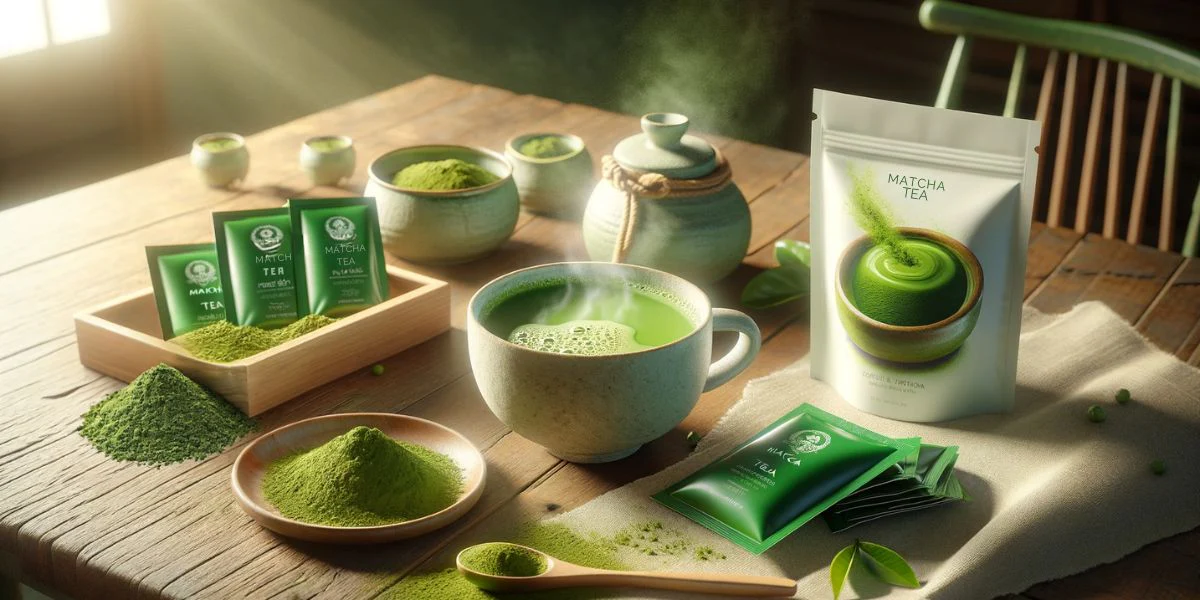Exploring Japan’s Premium Green Teas: From Matcha to Sencha and Beyond
What makes tea from Japan so distinct in its flavor and cultural significance? The country’s long-standing tea traditions and meticulous cultivation methods have made its brews a symbol of quality and elegance. Each variety tells a story of craftsmanship that has been perfected over centuries.
One of the standout features of Japanese brews is their variety, from ceremonial powders to refreshing loose-leaf options. Premium green tea, like matcha and sencha, exemplifies the dedication of Japanese artisans to creating beverages that offer both health benefits and unique taste profiles.
Matcha: The Ceremonial Powerhouse
Matcha, the vibrant powder made from ground tea leaves, is perhaps the most iconic of Japanese teas. Its preparation involves shading the plants before harvest, which enhances chlorophyll content and produces its distinct green hue. Once harvested, the leaves are steamed, dried, and stone-ground into a fine powder.
This traditional powder is famous for its robust flavor and creamy texture. It is often enjoyed during tea ceremonies, where its preparation is a meditative art form. Beyond rituals, it is prized for its high concentration of antioxidants and calming amino acids, making it a popular choice for health-conscious individuals.
Read more about : The Role of Protein in Effective Weight
Sencha: The Everyday Favorite
Sencha, a loose-leaf variety, is one of Japan’s most commonly enjoyed teas. Its processing begins with steaming freshly picked leaves to preserve their bright green color and fresh taste. The leaves are then rolled and dried to create thin, needle-like shapes.
This type is celebrated for its balance of sweetness and astringency, offering a refreshing experience. It is often served in homes, restaurants, and traditional tea houses across Japan, highlighting its accessibility. While simpler than matcha, its complexity in flavor still makes it a favorite among enthusiasts.
Other Varieties That Showcase Japanese Craftsmanship
Japan offers more than just matcha and sencha. Each region specializes in producing distinct types of brews that reflect local techniques and traditions.
- Gyokuro: Known as “jade dew,” this shade-grown tea delivers a rich, umami-filled experience with smooth, delicate sweetness and deep, layered flavors that linger on the palate.
- Hojicha: Roasted leaves give this variety a toasty aroma and a mild, nutty flavor, with subtle caramel undertones and a pleasantly smooth, mellow finish that soothes the senses.
- Genmaicha: A blend of roasted rice and tea leaves creates a unique mix of earthy and toasty notes, balanced with a light, refreshing quality that adds warmth and comfort to every sip.
These selections demonstrate the diversity of Japanese offerings, each with its unique aroma, taste, and preparation method.
Tips for Enjoying Japanese Tea at Home
To truly appreciate the depth of Japanese tea, proper preparation is essential. Follow these tips for the best experience:
- Use the Right Temperature: Boiling water can ruin the delicate flavor of these brews. Use water around 70–80°C (160–180°F).
- Invest in Quality Tools: A whisk for matcha or a kyusu teapot for loose-leaf varieties enhances the experience.
- Store Properly: Keep tea leaves or powder in an airtight container, away from light and moisture, to preserve freshness.
These small adjustments can significantly elevate your tea-drinking experience and ensure you enjoy the flavors as intended by Japanese artisans.
Premium green tea from Japan, including varieties like matcha and sencha, showcases a rich tradition of flavor, health benefits, and meticulous craftsmanship. Whether enjoyed in a traditional tea ceremony or as part of daily life, these brews bring a touch of Japan’s culture and quality to every cup.







